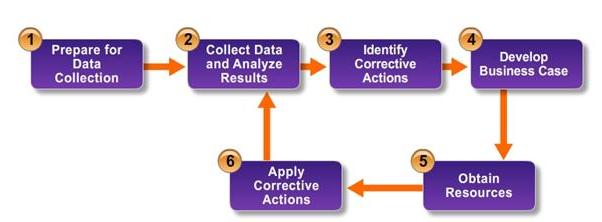A big part of security planning is being prepared for the inevitable a failure that stops or hinders operations of business. These can come in many ways, shapes and forms including malicious attacks, mother nature and just plain human mistakes.
Contingency planning has four key part that have their own planning and task requirements.
Business Impact Analysis (BIA) includes:
- Threat Attack Identification and Prioritization
- Business Unit Analysis
- Attack Success Scenario Development
- Potential Damage Assessment
- Subordinate Plan Coordination
Incident Response Planning (IRP) includes:
- Incident Planning
- Incident Assessment
- Incident Reaction
- Incident Recovery
Disaster Planning Recovery (DRP) includes:
- Plan for Disaster Recovery
- Crisis Management
- Recovery Operations
Business Continuity Planning (BCP) includes:
- Establish Continuity Strategies
- Plan for Continuity of Operations
- Continuity Management
A total contingency plan includes all phases and will kick in during various times and sequence during an identified incident or disaster:
Plan: IRP -------------------> DRP--------------------> BCP-------------------->DRP
Timeline: Attack Begins Post-attack (hours) Post-attack (days) Normal operations


